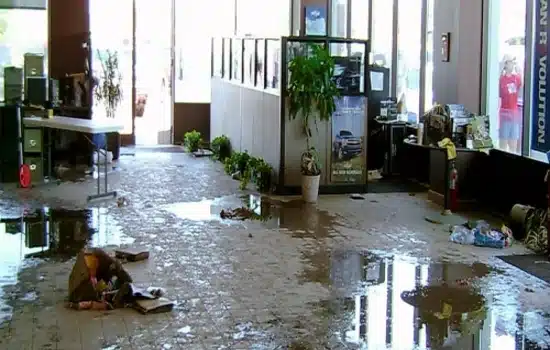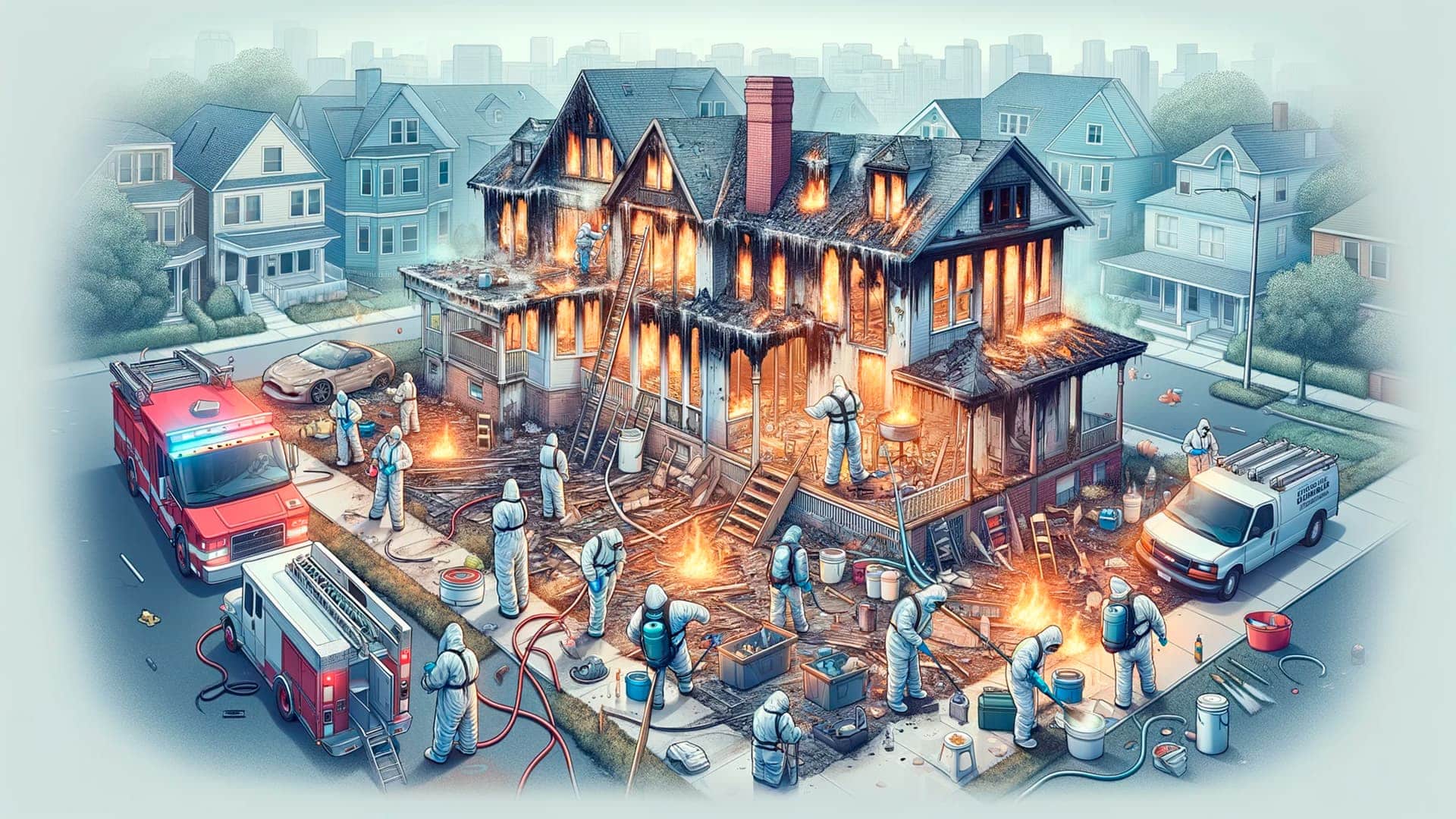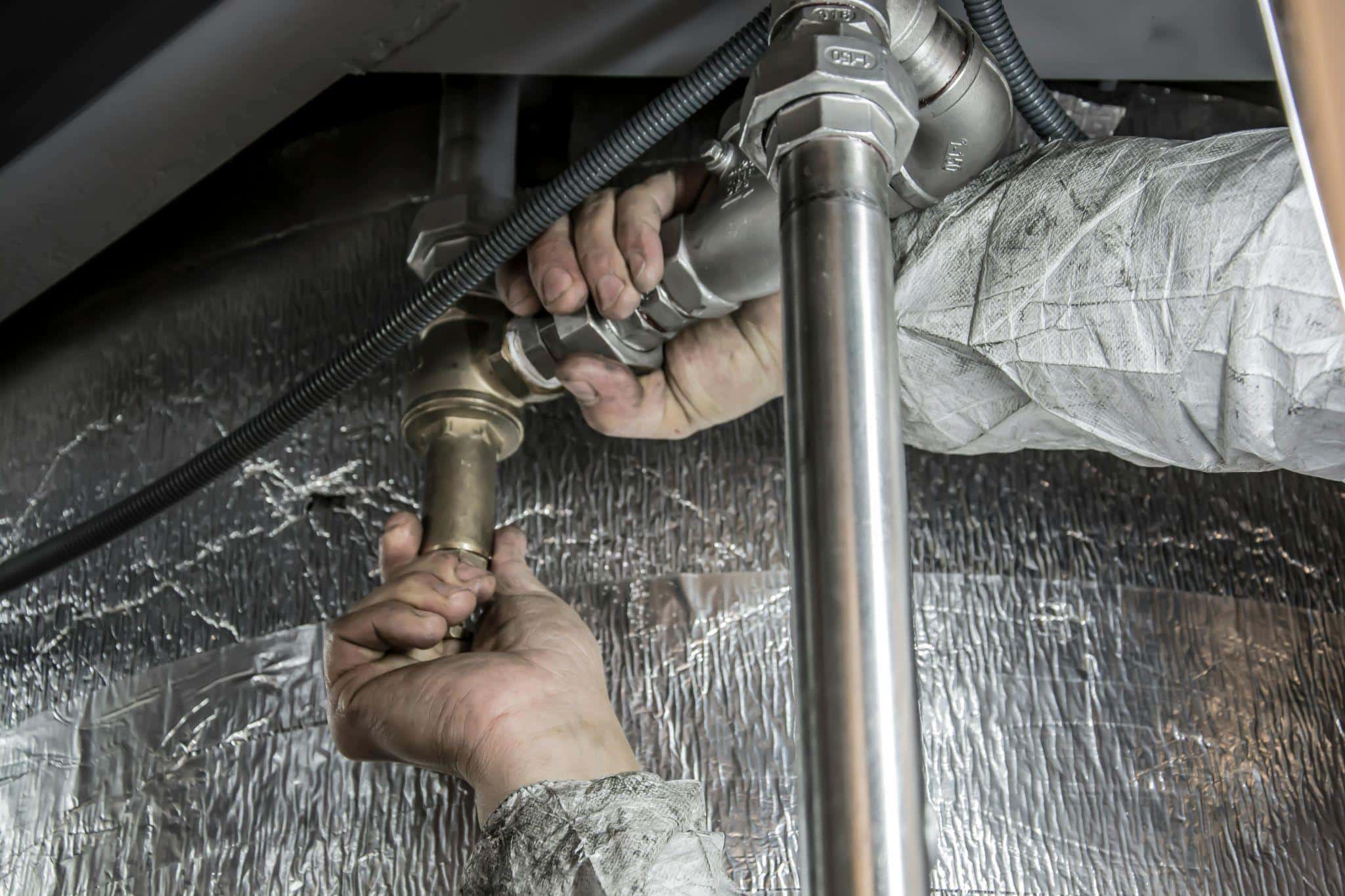How Long Does Water Damage Restoration Take?
Water damage restoration is a crucial process for fixing and minimizing the effects of water damage in buildings. Knowing how long it takes can help property owners plan accordingly.
The duration of the restoration depends on several factors, including the type and extent of the damage, the time of year, how long the incident lasted, and the age of the building.
Type of Damage
Water damage restoration can vary in duration depending on the type and extent of the damage. The process typically involves a few steps, including water extraction, drying, and repairs. The time it takes to complete these steps depends on how severe the damage is.
The extent of the damage is a significant factor in determining the timeline. If only a small area, like a single room or section of a building, is affected, restoration can be finished within a few days. However, if there is widespread damage throughout an entire building or multiple buildings, it could take weeks to restore.
The type of water damage also affects the timeline. There are three categories based on the source of the water: clean water (category 1), greywater (category 2), and black water (category 3). Clean water from broken pipes can usually be dried out more quickly compared to contaminated water from sewage backups or flooding incidents.
Professional water damage restoration companies also play a crucial role in determining the duration. Their expertise and specialized equipment help expedite the drying process and minimize further damage.
Time of Year
Seasonal variations can have a significant impact on the duration of water damage restoration. Factors like weather conditions and resource availability play a role in determining the overall timeline. To understand how different seasons affect the restoration process, we need to consider both the drying and assessment phases.
Flooding incidents tend to be more common in certain seasons, such as spring or summer, when heavy rainfall and storms occur frequently. As a result, the demand for water damage restoration services may be higher during these times.
| Season | Drying Phase | Damage Assessment | Total Duration (weeks) |
| Spring | 2-4 | 1-2 | 3-6 |
| Summer | 3-5 | 1-3 | 4-8 |
| Fall | 2-4 | 1-2 | 3-6 |
| Winter | 4-6 | 2 | 6 |
Please note that these are general guidelines and the actual duration can vary depending on the severity of the damage and specific circumstances. It is always advisable to consult a professional water damage restoration company for an accurate assessment and timeline.
Understanding how the time of year can impact water damage restoration timelines allows homeowners and professionals to plan effectively for a smooth recovery process.
Extent of Damage
The extent of damage caused by a water incident is a key factor that affects how long it will take to restore the affected area. The severity of the damage directly impacts the restoration timeline. When there is a flood, it can affect various parts of a building, including floors, walls, ceilings, and even structural elements like pipes. If there is significant structural damage or if water has infiltrated building materials extensively, the restoration process will likely take longer.
To determine the extent of the damage, it is important to have a thorough inspection conducted by a professional water damage restoration company. They will carefully assess all surfaces and check for any potential structural issues. This comprehensive assessment helps determine the scope of work needed to restore the property and provides an estimate of the time required.
Minor water damage that only affects certain surfaces can be resolved relatively quickly. However, if there are underlying issues or hidden moisture pockets within materials like drywall or insulation, additional time will be necessary for proper drying and repairs.
The duration of the restoration process also depends on the available equipment and resources. A well-equipped restoration team can speed up the process by utilizing advanced technology and tools specifically designed for efficient water extraction and drying.
Duration of Incident
Accurately estimating how long a water damage restoration project will take requires considering various factors. These include the severity of the situation, the resources available, and any potential complications that may arise.
Water damage restoration typically involves several stages, such as assessing the water intrusion, removing the water, dehumidifying the area, monitoring moisture levels, and addressing any mold or structural issues caused by the water damage.
The duration of each stage can vary depending on these factors. Here is a summary of the typical timeframes for each stage:
- Water Intrusion: This stage usually takes around 1-2 hours.
- Water Removal: Removing the water can take anywhere from 24 to 48 hours.
- Dehumidification: This stage typically lasts for 2-4 days.
- Mold Remediation: The time required for mold remediation varies depending on the severity of the infestation.
It is important to note that these timeframes are approximate and can be influenced by various variables. Factors like the size of the affected area and the extent of contamination or structural damage can impact the duration of the restoration process. Additionally, unforeseen complications, such as hidden pockets of moisture or secondary water sources, can prolong the project.
The Building’s Age
The age of a building can have a significant impact on the water damage restoration process. Here are four ways in which the age of a building can affect the restoration project:
- Materials: Older buildings often use different construction materials with unique properties compared to newer structures. These materials may be more prone to water damage, making the restoration process more challenging.
- Mold and Moisture: Older buildings may have hidden areas where moisture can accumulate, like behind walls or under floors. This increases the risk of mold growth, which requires specialized treatment during restoration.
- Dehumidifiers: Older buildings may lack proper ventilation systems or modern dehumidifiers. As a result, it may take longer to dry out affected areas and remove excess moisture.
- Ceilings and Structural Integrity: Water damage can compromise the structural integrity of older ceilings and supports, adding extra difficulties to the restoration efforts.
Considering these factors, water damage restoration professionals must assess the age of the building before starting any restoration work. Understanding how older building materials and properties interact with moisture is essential for developing an effective plan to mitigate damages caused by standing water and address potential complications related to mold growth or structural issues.
What to Expect During the Water Damage Restoration Process
When dealing with water damage repair, it is important to understand the steps involved and what you can expect. Water damage restoration projects are typically carried out by professionals who follow a series of stages. If you find yourself in a water damage emergency, it is crucial to contact restoration professionals right away to minimize further damage.
The first step in the repair process is for professionals to assess the affected area. They will determine the category of water damage, ranging from clean water to contaminated or sewage-infested water. This helps guide the restoration process.
Once the assessment is complete, professionals will begin mitigation measures. This includes removing excess water, drying the affected areas using specialized equipment, and sanitizing surfaces if needed. The duration of this phase depends on factors such as the extent of the damage and environmental conditions.
After immediate risks have been addressed, a comprehensive plan for restoring damaged structures and belongings will be developed. This involves repairing structural elements, replacing damaged materials, and conducting thorough cleaning to remove any remaining contaminants.
The timeline for completing a full-scale water damage restoration project varies depending on various factors mentioned earlier. For extensive cases involving significant structural repairs or mold remediation, it may take several weeks or even months before things return to normal.
It is important to hire a reputable water restoration company to ensure proper procedures are followed throughout the process. Consulting with experienced professionals will help you get an accurate estimate based on your specific situation.







